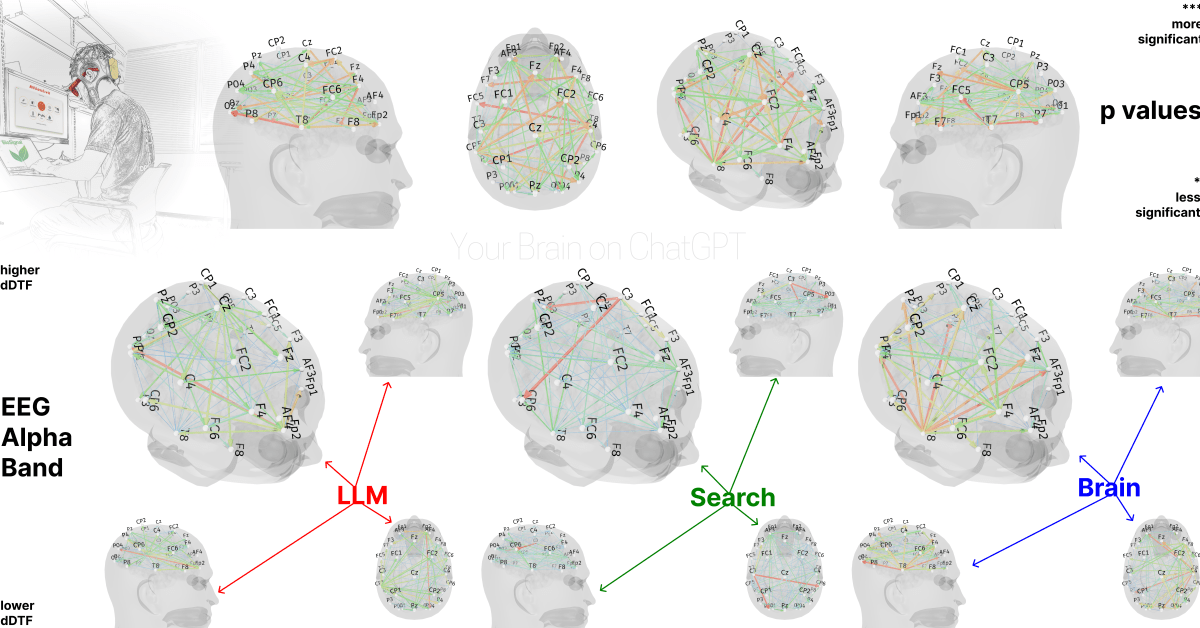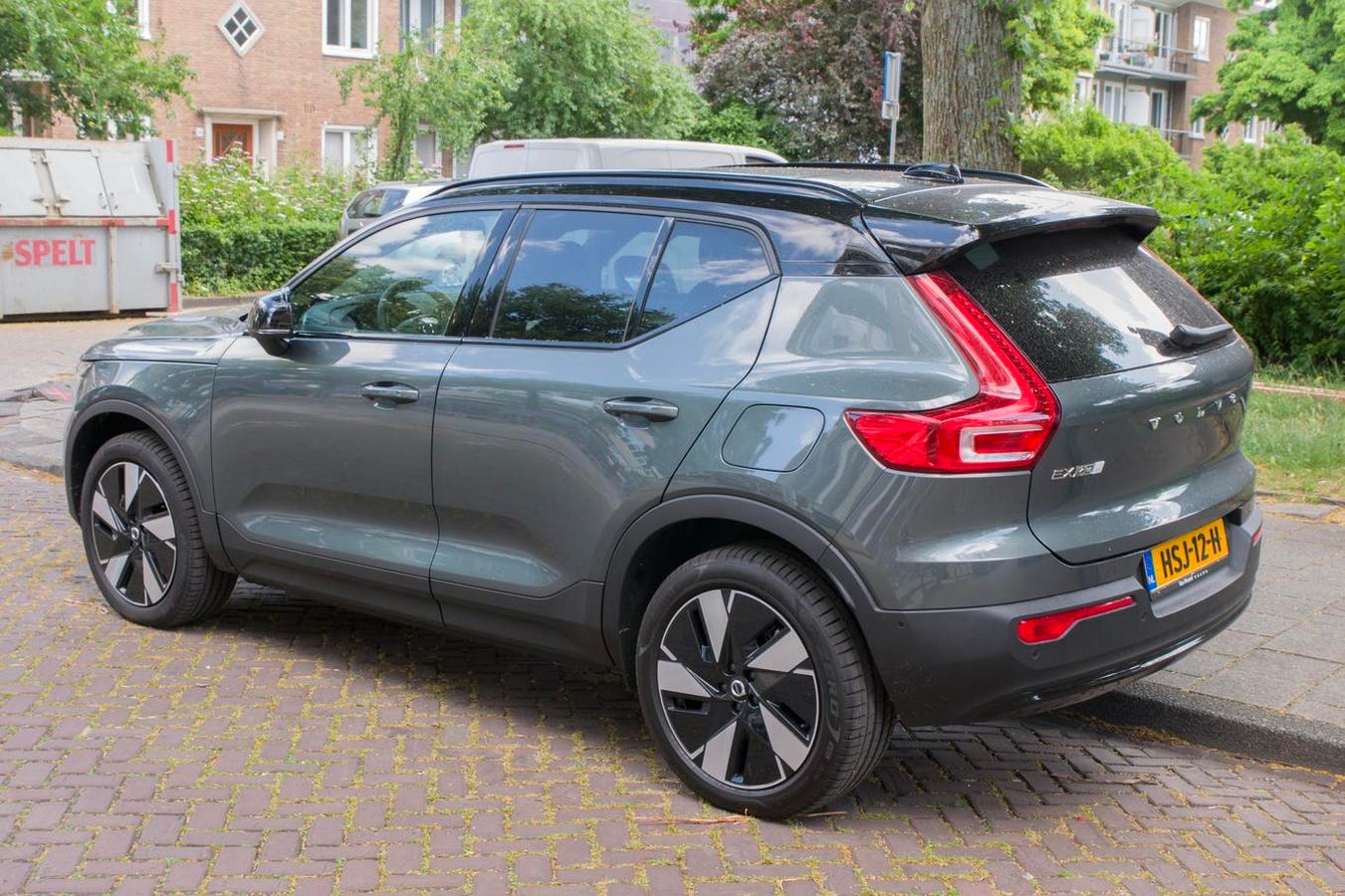BUSAN, SOUTH KOREA – OCTOBER 30: U.S. President Donald Trump and Chinese President Xi Jinping shake hands as they depart following a bilateral meeting at Gimhae Air Base on October 30, 2025 in Busan, South Korea. Trump is meeting Xi for the first time since taking office for his second term, following months of growing tension between both countries. (Photo by Andrew Harnik/Getty Images)
Getty Images
Earnings week for the Mag 7 brought mixed results and sharp stock moves. Apple rose more than 3 percent after reporting $102.47 billion revenue and $1.85 EPS, driven by iPhone and Services. Alphabet logged its first $100 billion quarter, up 16 percent year over year, on strong search and cloud performance. Microsoft posted $77.7 billion revenue and $3.72 EPS but fell on concerns about AI infrastructure spending. Meta set a record $51.24 billion revenue, then dropped 10 percent after a $15.9 billion tax charge and rising Reality Labs capex. Oracle stayed elevated as cloud sales climbed 28 percent in September. Nvidia reached a $5 trillion valuation on relentless AI chip demand, announced seven U.S. supercomputers, invested $1 billion in Nokia, and confirmed plans for up to $100 billion in OpenAI. CEO Jensen Huang forecast $500 billion in AI chip sales as investors treated Nvidia as the core of global AI infrastructure. Shares rose 5.6% to $212.19 after reports that President Trump will discuss Nvidia’s Blackwell chips with China’s Xi Jinping. CEO Jensen Huang projected $500 billion in AI chip sales and announced seven new U.S. supercomputers. Nvidia also invested $1 billion in Nokia to develop AI-native 5G and 6G networks. Its stock is up 50% this year. Nvidia plans to invest $100 billion in OpenAI, cementing its dominance as AI infrastructure demand outpaces supply.
CNBC News — Pictured: Brendan Iribe, Oculus CEO, speaks at f8, Facebook’s Developers Conference in San Francisco, CA, on March 25, 2015 — (Photo by: Harriet Taylor/CNBC/NBCU Photo Bank/NBCUniversal via Getty Images)
NBCU Photo Bank/NBCUniversal via Getty Images
Sesame, the smart-glasses startup led by former Oculus co-founders Brendan Iribe and Nate Mitchell, raised $250 million in Series B funding. Sequoia Capital and Spark Capital led the round bringing total funding to about $300 million. The company is developing lightweight AI-powered glasses equipped with voice assistants named Miles and Maya to create an “ambient interface” that understands context and environment. Sesame’s blend of spatial computing and conversational AI positions it as a competitor to Apple, Meta, and Google-backed Magic Leap in the race to define the next generation of AI wearables. For Iribe, who previously founded Scaleform (acquired by Autodesk) and co-founded Oculus (acquired by Facebook for $2 billion), Sesame marks his fourth major venture.
Layoffs are illustrated by an oversized pair of scissors, that looms over seven workers sitting in office chairs suspended by strings. Employees use their laptop computers and mobile devices, but some of their jobs could be cut at any time, as they are shown hanging by a thread. Their jobs are on the line. Conceptual illustration uses a flat, limited color palette over a dark blue background, presented in isometric view on a 16×9 artboard.
getty
White-collar layoffs are accelerating as AI adoption reshapes office work. Last week we reported Amazon is cutting 14,000 corporate jobs. This is the tip of the AI iceberg looming before the labor market. UPS has trimmed 14,000 managers over two years, and Target plans 1,800 more cuts. JPMorgan, Walmart, Accenture and others have revealed plans to slow hiring. All cited AI. PwC, the accounting and consulting giant, cut staff globally, partly because of AI. Nestlé cut jobs, blaming automation.GM to Booz Allen are reducing staff, citing efficiency and automation. Nearly two million Americans have been unemployed for six months or longer, while demand for trade, healthcare, and construction workers rises. Recruiters report middle-aged professionals struggling to keep up with new technologies and entry-level hiring tightening. Economists warn that AI-driven restructuring is eroding white-collar stability even as overall productivity improves.The irony is that the companies downsizing will yield huge dividends from Wall Street, which as far as I can tell, has never met a reorg it does not like (remember Meta’s “year of efficiency”?)
OpenAI CEO Sam Altman speaks at OpenAI DevDay, the company’s annual conference for developers, in San Francisco, California, on October 6, 2025. OpenAI signed a multi-year partnership Monday with chipmaker Advanced Micro Devices as the ChatGPT-maker continues an investment spree to secure massive amounts of computing power for rolling out generative artificial intelligence. The companies announced the plan to develop AI data centers that the chipmaker said would bring in tens of billions of dollars in new revenue over the next five years. (Photo by Benjamin LEGENDRE / AFP) (Photo by BENJAMIN LEGENDRE/AFP via Getty Images)
AFP via Getty Images
OpenAI CEO Sam Altman announced plans to create an autonomous “AI researcher” by 2028, with an intern-level assistant expected by 2026. The company is restructuring as a public benefit corporation, allowing large-scale investment while its nonprofit foundation retains 26% ownership. Chief Scientist Jakub Pachocki said models could surpass human intelligence within a decade through greater “test time compute” and algorithmic advances. OpenAI plans to dedicate entire data centers to major research problems, investing $1.4 trillion to build 30 gigawatts of infrastructure. The foundation will allocate $25 billion for disease research and oversee safety and governance.
LAS VEGAS, NEVADA – JANUARY 06: Attendee Jason Nguyen uses augmented reality (AR) glasses in a simulation at the Magic Leap booth during CES 2023 at the Las Vegas Convention Center on January 6, 2023 in Las Vegas, Nevada. CES, the world’s largest annual consumer technology trade show, runs through January 08 and features about 3,200 exhibitors showing off their latest products and services to more than 100,000 attendees. (Photo by David Becker/Getty Images)
Getty Images
Magic Leap and Google have partnered to build reference hardware for the Android XR ecosystem. At the Future Investment Initiative in Riyadh, they revealed a prototype that merges Magic Leap’s waveguide optics with Google’s Raxium microLED engine, a key technology for lightweight AR glasses. The three-year deal positions Magic Leap as an optics and display supplier rather than a consumer brand, with Google focusing on the software layer. The prototype underscores Google’s return to spatial computing and its strategy to seed Android-based AR hardware through partners instead of producing its own glasses.
VR Chat dancers.
TFM Jonny
VRChat has launched on Android and iOS, opening the social VR platform to millions of mobile users. The iOS app supports devices running iOS 17 or newer, while Android requires version 10 and at least 6 GB RAM. Phones with less memory can use a limited “Companion” mode. The mobile rollout ends the platform’s beta phase and extends its reach beyond PC and VR headsets, potentially driving major user growth. VRChat recently hit 54,000 concurrent users on PC, its highest count in years, and expects a significant surge as mobile players join its creator-driven virtual worlds. Meta Horizon is approaching mobile XR the same way. Rec Room tried this, but all it did was add users and UGC spam, not revenue, and was partially responsible for layoffs there.
This column has a companion, The AI/XR Podcast, hosted by its author, Charlie Fink, and Ted Schilowitz, former studio executive and futurist for Paramount and Fox, and Rony Abovitz, founder of Magic Leap. This week’s guest is Kirin Sinha, founder and CEO, Illumix. We can be found on Spotify, iTunes, and YouTube.









